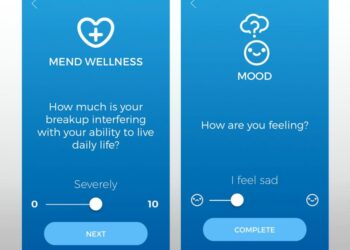
The end of 2012 is drawing near, and Ericsson ConsumerLab has identified some of the hottest consumer trends of for 2013 and beyond. ConsumerLab has conducted research into people’s value, behavior and ways of using ICT products and services for over 15 years.
Among the most interesting trends to note, is that women are actually driving the smartphone market and the reliance of cloud devices.
Michael Bjorn, Head of Research at ConsumerLab, says “Our global research program is based on annual interviews with over 100,000 individuals in more than 40 countries and 15 megacities. Over the years we have amassed a huge database of consumer trends data – and we see that the pace of change is currently more rapid than ever”. (Source)
Here are the 10 Hottest Consumer Trends of 2013:
1. Cloud reliance
It appears that over 50% of tablet users and over 40% of smartphone users in USA, Japan, Australia and Sweden appreciate the simplicity of having the same apps and date through the cloud on multiple devices.
2. Computing for a scattered mind
Tasks are handled at the spur of the moment – we stand in a shopping line or talk to someone at a cafe, and consumers are increasingly turning their back son a computing paradigm for the focused mind. Purchase intent is higher for tablets compared to desktop PCs, and for smartphones compared to laptops
3. Portable broadband device
ConsumerLab found that a told 57% of smartphone users use their personal smartphone subscriptions at work.
4. City-dwellers go mobile
With the need to access the internet at always,consumers are now an unstoppable force making internet truly mobile. Total smartphone subscriptions will reach 3.3 billion by 2018, and mobile network coverage is one of the most important drivers of satisfaction for city life.
5. Personal social security networks
Due to economic turbulence, trust in traditional structures and authorities is decreasing and consumers are beginngin to trust their personal communities. Personal networks online serve as a safety net and social media is developing as a serious contender to the traditional job agency.
6. Women drive the smartphone market
According to ConsumerLabs, figures show that women are to drive the mass-market smartphone adoption – at least 97% of female smartphone owners users SMS, while a total of 77% send and receive photos, 59% use social networking, 24% percent check-in at locations and 17% redeem coupons. The figures for men however, are lower in all these areas.
7. Cities as social creativity hubs
Studies show that city center dwellers have significantly more friends online than people in suburban areas. 12% of city people say the main reason they use social networks is to connect and exchange ideas with others, making it the third most commons reason for social networking, while staying up-to-date with friends.
8. In-line shopping
Just when we’re getting into shopping from the comfort of our own homes with our computers, a total of 32% of smartphone users are already shopping with smartphones as merchants now combine in-store and online shopping aspects. Consumers can see the product, get the information they need, make price comparisons, and then make the purchase immediately without having to sue up at the cash register.
9. TV goes social
Television is not only limited to buying a flat-screen TV, complete with a mind-blowing sound system. About 62% of viewers use social forums while watching videos and TV, and 42% use social forums or chats to discuss things they are watching on a weekly basis. TV has definitely turned into something where people communicate over instead of means to tune out the world.
10. Learning in transformation
Learning is no longer limited to the classroom, as it is being transformed through both internal and external forces. Young people bring their personal technology experience into the classroom, driving a pressure for change. The government and learning institutions now look for new ICT solutions in order to be more efficient as connectivity changes the outlook for children on a global scale. In India, around 30 million of 69 million children ages 9 to 18 own mobile phones.










